Programme
Accessing the workshop proceedings:
All attendees have been sent instructions on how to access the presentations given at the workshop. EWEA members may access the proceedings free of charge: for login information contact [email protected].
If you did not attend or are not a member please complete the proceedings order form.
| Tuesday 11 December 2012 | ||
| Session one: Wind Turbine Noise at Source – The Impact of the Design |
||
| Session two: Wind Farm Design – Being a Good Neighbour |
||
| Session three: Real-World Noise Measurements – Emission and Immission |
||
| Wednesday 12 December 2012 | ||
| Session four: National Guidelines and Human Perception of Noise |
||
| Session five: Noise Issues Offshore |
||
Overview by the workshop chair, Jeremy Bass, Senior Technical Manager, RES Ltd., UK
This workshop aimed to provide a unique, industry-only forum within which to discuss the key acoustic issues currently facing the industry in a straightforward and frank manner. Other wind turbine noise events are generally broad churches, open to the industry and its opponents alike, with the result that presentations are often guarded and the audience divided. By concentrating on the industry view, this event will avoided these problems and provided a platform for speakers to present a ‘warts-and-all’ view to a receptive, informed and engaged audience.
Participants wleft the workshop with:
- a thorough understanding of the key issues that are involved in designing wind farms that will be ‘good neighbours’ to their local residents;
- an idea of the challenges that the industry is likely to face in the coming weeks and months and the way forward;
- a network of acoustic contacts who will be able assist them in their own activities as we move forward to 2020.
It is anticipated that this workshop will be the first of many on this subject and that, as the industry evolves, the themes of the workshop will evolve to track the key areas of concern/interest.
Tuesday 11 December 2012
Session one:
Wind Turbine Noise at Source – The Impact of the Design
Chair: Tomas Blodau, Team Leader – Wind and Site, REpower Systems, Germany
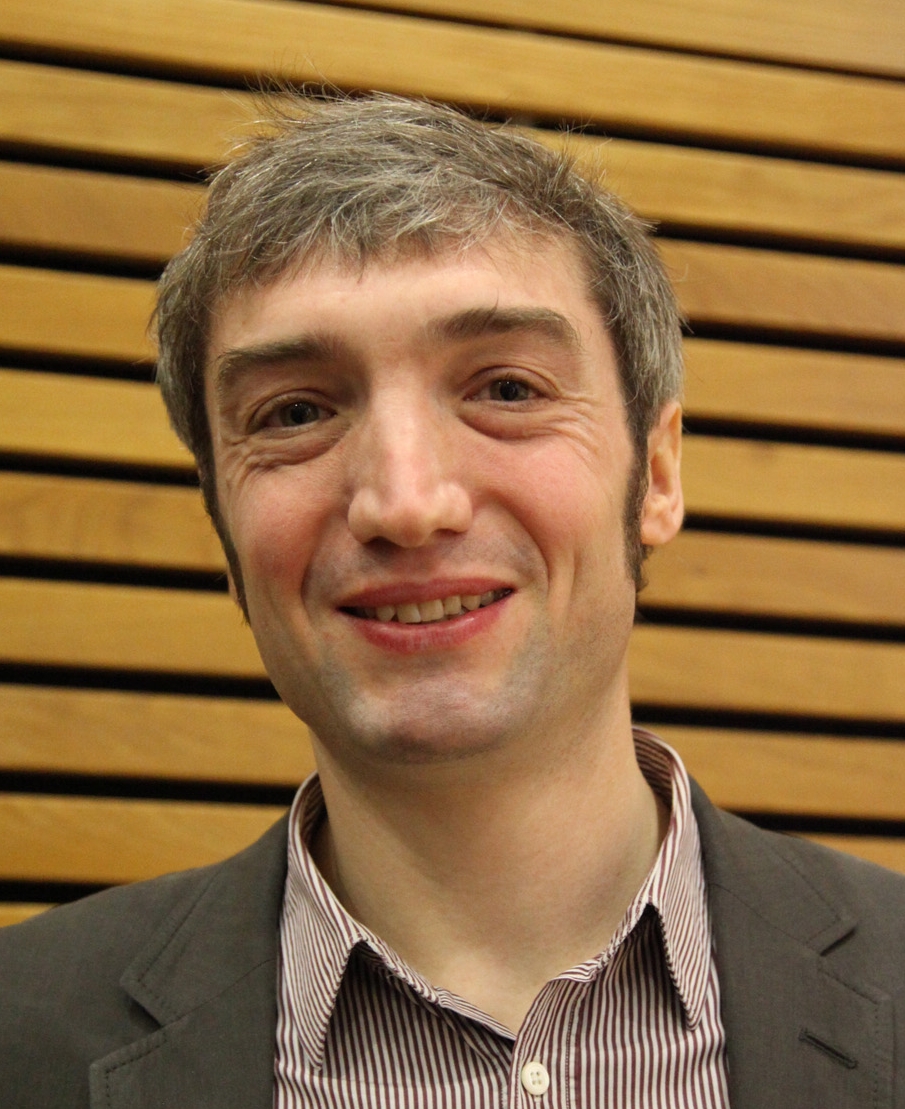 This session addressed the sources of aero-acoustic and mechanical noise produced by modern wind turbines and the design steps adopted to ensure that noise levels are kept to a minimum and acoustic features, e.g. tones, avoided. The effect of meteorological conditions on noise emissions was also discussed, as well as their relevance to manufacturers’ noise warranties. As turbines have grown in scale from 200 kW to 10 MW over the last 25 years, the differences in design this requires were addressed, including the modern breed of large wind turbines, designed for use offshore. Noise reduced modes, designed for use in constrained circumstances, was also discussed, along with a comparison of geared and direct drive options.
This session addressed the sources of aero-acoustic and mechanical noise produced by modern wind turbines and the design steps adopted to ensure that noise levels are kept to a minimum and acoustic features, e.g. tones, avoided. The effect of meteorological conditions on noise emissions was also discussed, as well as their relevance to manufacturers’ noise warranties. As turbines have grown in scale from 200 kW to 10 MW over the last 25 years, the differences in design this requires were addressed, including the modern breed of large wind turbines, designed for use offshore. Noise reduced modes, designed for use in constrained circumstances, was also discussed, along with a comparison of geared and direct drive options.
Session Two:
Wind Farm Design – Being a Good Neighbour
Chair: Mark Bastasch, Lead Acoustical Engineer, CH2M HILL, USA
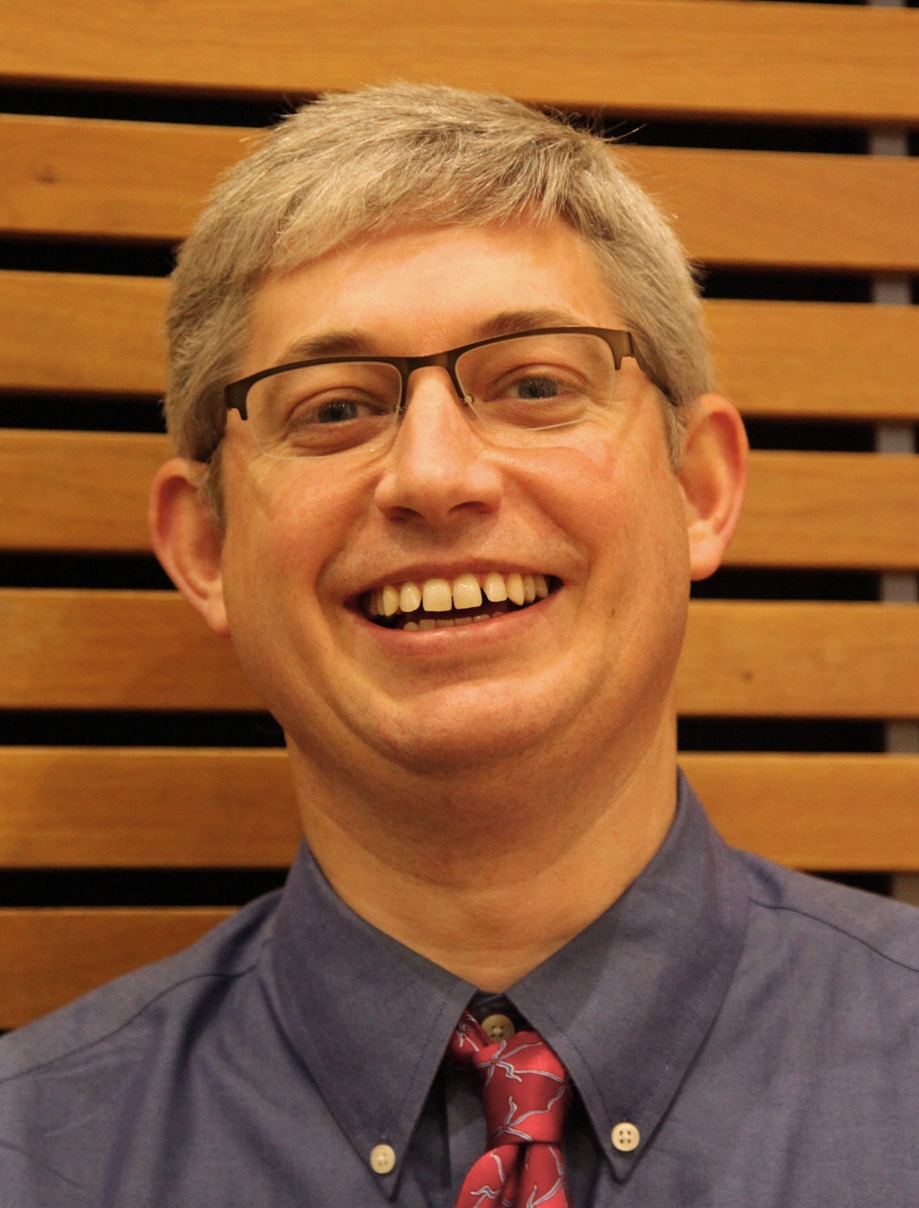 This session addressed noise propagation modelling, providing advice about which models are appropriate in which circumstances and demonstrated how they can be used in wind farm design. It also addressed the impact of noise considerations on the design of both onshore and offshore wind farms. With the density of existing wind farms increasing in many countries, particular focus was given to the impact of cumulative noise issues on the design of modern wind farms which can comply with local noise guidance whilst optimising production. This may involve the creation of complex, operational strategies for wind farms, involving a mix of noise reduced modes for different wind speeds and directions, and the design principles for these will be discussed. The appropriateness of directional attenuation of noise was also discussed.
This session addressed noise propagation modelling, providing advice about which models are appropriate in which circumstances and demonstrated how they can be used in wind farm design. It also addressed the impact of noise considerations on the design of both onshore and offshore wind farms. With the density of existing wind farms increasing in many countries, particular focus was given to the impact of cumulative noise issues on the design of modern wind farms which can comply with local noise guidance whilst optimising production. This may involve the creation of complex, operational strategies for wind farms, involving a mix of noise reduced modes for different wind speeds and directions, and the design principles for these will be discussed. The appropriateness of directional attenuation of noise was also discussed.
| Best Practices for Community Engagement and Public Consultation | Tom Levy, Manager of Technical & Utility Affairs, Canadian Wind Energy Association – CanWEA |
| Turbine Supply Agreements | Malcolm Hayes, Hayes McKenzie Partnership Ltd. – HMP, UK |
| Health Impacts and Exposure to Wind Turbine Noise: Research Design and Noise Exposure Assessment | David S. Michaud, Principal Investigator, Consumer and Clinical Radiation Protection Bureau, Healthy Environments and Consumer Safety Branch, Health Canada |
| Improved aeroacoustics and noise management options | Saskia Honhoff, Aero Acoustics Engineer, GE Energy, Germany |
Session Three:
Real-World Noise Measurements – Emission and Immission
Chair: Bo Søndergaard, Senior Consultant – Acoustics, Grontmij A/S, Denmark
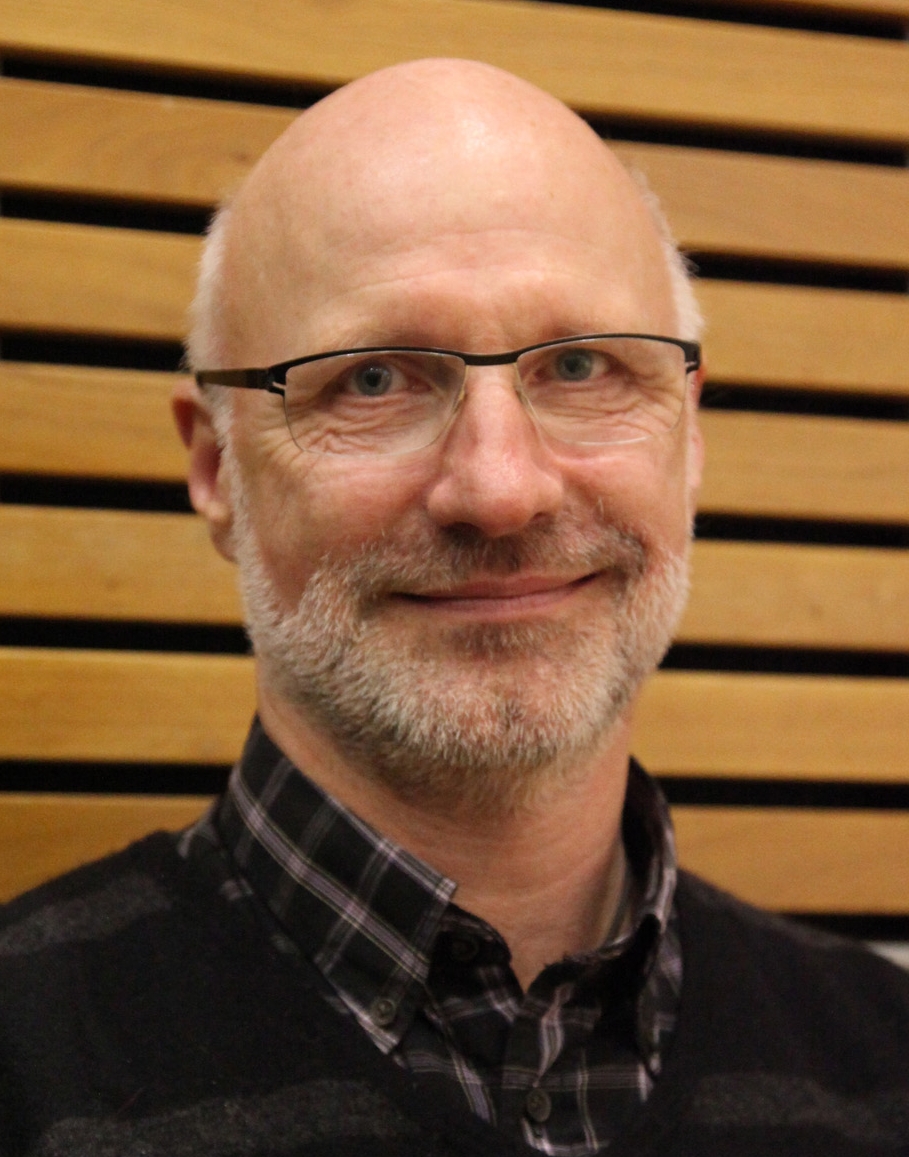 This session gave an overview, through real examples, of the acoustic measurement techniques used through the different phases of a wind farm’s operational life:
This session gave an overview, through real examples, of the acoustic measurement techniques used through the different phases of a wind farm’s operational life:
- Background noise surveys, essential to determine the baseline noise conditions against which new developments have to be assessed, at least in the UK, Australia and New Zealand;
- IEC 61400:11 type;
- Sound power level testing of individual turbines;
- Compliance measurement of entire wind farms.
The problems faced when trying to verify cumulative noise impacts, through measurements, where one or more wind farm may be operating a complex operational strategy involved mixed modes, were discussed. Finally, suggestions for measurements techniques appropriate to investigating acoustic noise features, for example amplitude modulation, tonality, low frequency noise and infrasound were presented.
| Pre- and post-construction measurements | Andrew McKenzie, Hayes McKenzie Partnership Ltd. – HMP, UK |
| Sound power measurements according to IEC 61400-11 | Tomas Hansen, Team Leader, Noise and Vibration Measurements, Siemens Wind Power A/S, Denmar |
| The French approach to noise assessment | Sebastien Garrigues, Gamba Acoustic, France |
| Far field effects like amplitude modulation, tonality and impulses | Jeremy Bass, Senior Technical Manager, RES Ltd., UK |
Wednesday 12 December 2012
Session Four:
National Guidelines and Human Perception of Noise
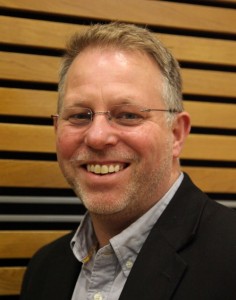 Chair: Andrew Bullmore, Partner, Hoare Lea Consulting Engineers, UK
Chair: Andrew Bullmore, Partner, Hoare Lea Consulting Engineers, UK
This session reviewed the different philosophies available when developing noise limits for wind farms and touched on the approaches used throughout the EU and wider world. National guidance on what constitutes acceptable levels of noise immission at local residents was discussed, along with the psychoacoustic / perceptual basis for these. Limits for specific noise features, e.g. tonal noise & amplitude modulation, unique to specific countries or regions, will also presented, along with the justification for these.
| Survey of noise regulations and guidelines across the EU | Angeliki Koulouri, Research Officer, European Wind Energy Association – EWEA, Belgium |
| Affective response to noise from wind turbines | Sabine von Hunerbein, University of Salford, UK |
| Noise impacts: is wind turbine noise really so different from other types of environmental noise? | Ian Flindell, Institute of Sound and Vibration Research – ISVR, University of Southampton, UK |
| Wind Turbine Noise: Why Does it Annoy? Not just the decibels. | Dick Bowdler, Noise Consultant, UK |
Session Five:
Noise Issues Offshore
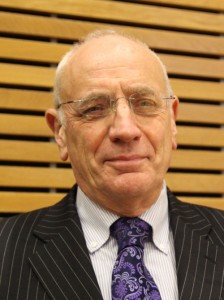 Chair: Prof. Mike Cowling, Chief Scientist, The Crown Estate, UK
Chair: Prof. Mike Cowling, Chief Scientist, The Crown Estate, UK
This session addressed some of the acoustic aspects specific to offshore wind farm construction and operation. In particular, the physics of offshore noise was discussed, along with relevant activities within European and international standards groups. Offshore construction noise, and in particular the modelling of pile behaviour and noise reduction techniques was addressed, along with the effect of noise on underwater communities.
| Noise issues for offshore windfarms – basic acoustics: what needs to be measured and why | Stephen Robinson, International and BSI Standards: underwater acoustics, National Physical Laboratory – NPL, UK |
| Underwater bioacoustic research | Paul Lepper, Senior Research Fellow, Underwater Acoustics Research, School of Electronic, Electrical and Systems Engineering, Loughborough University, UK |
| Low frequency ground roll waves created during piling | Dick Hazelwood, R&V Hazelwood Associates LLP, UK |
| Offshore construction noise and the modelling of pile behaviour and noise reduction techniques | Christ de Jong, Senior Consultant, Acoustics & Sonar, TNO, The Netherlands |
These leading companies exhibited at the workshop:
 |
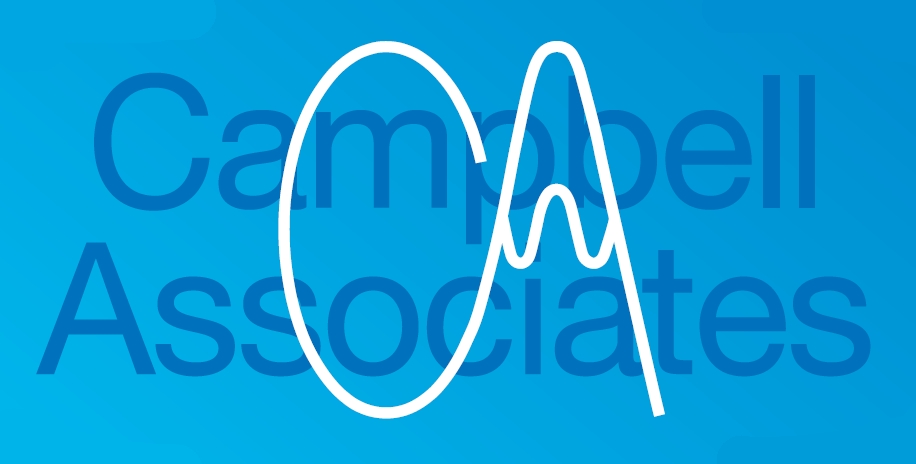 |
|||
 |
 |
||
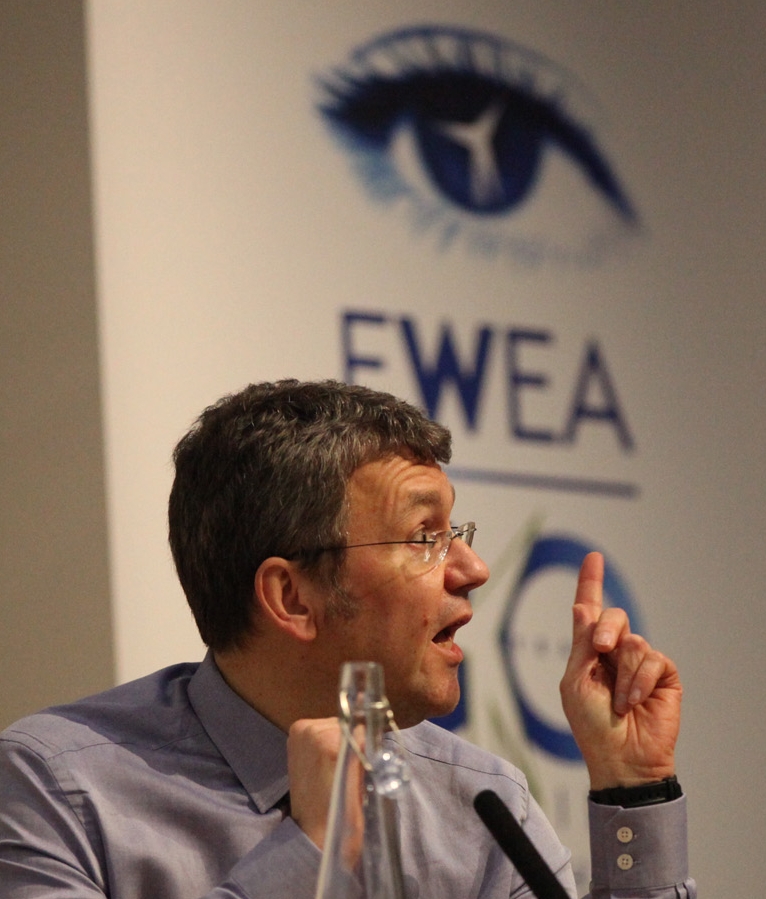
Follow EWEA on: